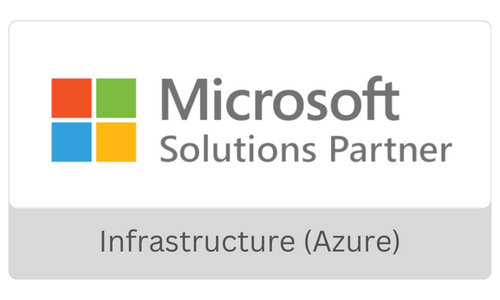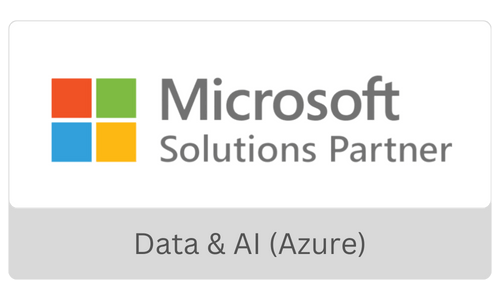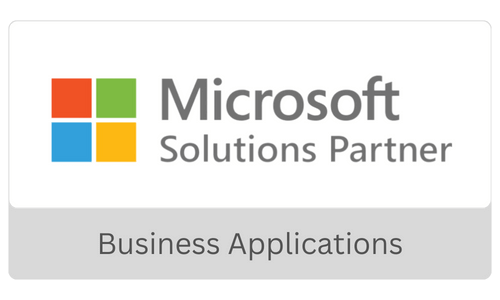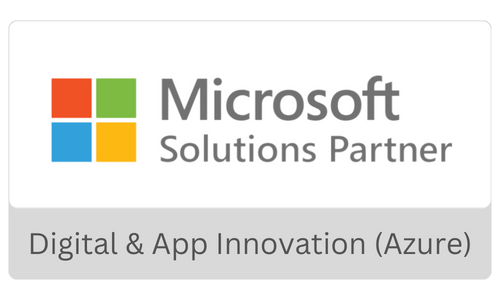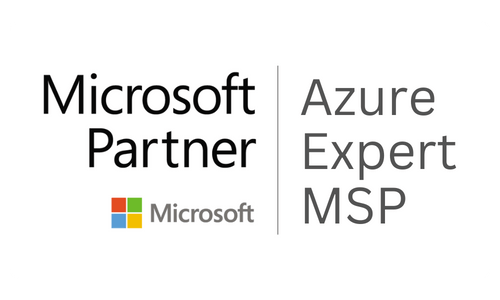Migrate, Modernize, and Scale effectively with a robust Cloud Migration Strategy
Understanding what cloud migration is and how it can help your businesses achieve success will help you decide the best strategy to transform to the cloud. During the pandemic, we have seen more companies adopt cloud services and reinvent their offerings. Cloud is necessary for enterprises to achieve digital transformation and make their operations more agile and cost-effective in the current market landscape.
Here are some interesting facts:
80%
of organizations have adopted a cloud-first strategy. (Source: Flexera)
45%
of IT spending will shift from traditional technologies and solutions to the cloud. (Source: Gartner)
94%
of organizations reported improvement in security after migrating to the cloud. (Source: McAfee)
What is cloud migration?
Cloud migrations refers to the systematic process of moving enterprises’ digital assets partially or entirely into the cloud. Enterprises plan to move from their outdated legacy infrastructures to the cloud.
The process needs thorough planning and analysis to execute an effective cloud migration. It is not only about moving all assets to the cloud but also what and how you do with your assets once they are moved to cloud infrastructure. There are several aspects of cloud migration – modernization and scalability of the assets.
Why should enterprises migrate to the cloud?
Organizations are embracing cloud technology to harness its advantages, gain a competitive edge in the market, and explore new opportunities.
- Improved agility
- Capability to innovate faster
- Reducing total cost of ownership
- Easing of increasing resource demands
- Managing customer expectations
- Deliver immediate business results
- Simplify IT operations
- Security and Scalability
- Improved performance
How does the cloud migration process work?
Before starting the migration, enterprises need to follow these 3 steps.
Step 1
Define your cloud migration strategy
A robust cloud migration strategy is the first step to executing smooth cloud migration and modernization. For any effective execution, defining why and what is essential in the success of the initiative. Enterprises should determine the value they will get by moving to the cloud. They should specify business outcomes and objectives to achieve with the migration in their strategy.
Step 2
Assess all business requirements
In this phase, enterprises need to decide where to move, what to move, and when to move assets. This is the phase where you need to manage your risk of moving to the cloud. You need to anticipate how your application might perform in a new infrastructure system.
Step 3
Execute your migration strategically
This is the phase where real action happens in migrating your digital assets to the cloud. It includes modernizing existing assets for the cloud infrastructure, transforming entire architecture, and building cloud-native apps.
What are the types of cloud migration Strategy?
Based on business challenges and needs, cloud migration can be executed in various ways. However, enterprises need to consider two important factors while devising the cloud migration strategy: first, deciding deployment model – public cloud, hybrid, private cloud, or multi-cloud. The second aspect is the service category – whether it will be SaaS, Paas, or Iaas. We often call them 6Rs cloud migration strategy that most of the enterprises adopt.
Rehost
(Lift and Shift Approach)
You simply lift and shift your existing applications from on-premise infrastructure to cloud-based infrastructure in this approach. You start with the simplest models, having less dependency and less business impact, moving to the most complex applications gradually.
Re-platform
In this approach, you decide to migrate your existing applications to an operating system based on CNaaS platform. Here, you need to make some modifications to your current workloads, but the overall architecture will not be changed.
Re-factor
In this approach, the company makes changes in the components of particular applications to conform to security, functional, and other standards. It includes .Net, Java, and other updates.
Repurchasing
This strategy includes moving all your existing apps to a newly built cloud-native environment. You need to train your team to familiarize with the new platform to optimally use the applications.
Retiring
After the assessment of your current infrastructure and applications for cloud migration, you might explore some apps that are no use in the new environment. You simply turn them off, resulting in saving costs and boosting your business use case.
Retaining
Some organizations during the assessment phase find that they are not yet ready to transform their existing on-premise infrastructure due to some reasons. In this case, you need to consult with the cloud partner later and migrate only specific sections or apps that make sense for your business in the current situation.
Here are some common cloud migration challenges
Legacy Apps That Cannot Be Moved
Not all apps can be easily moved to the cloud. You need to decide which app you want to keep, erase, and rebuild.
App Modernization
You need to check with your available options to modernize your existing applications so that they perform in the new infrastructure optimally.
Cloud management
Once you are ready with the new infrastructure, you need to find the best cloud partner to manage them.
Barriers to availing cloud migration benefits
65%
of companies identified security and compliance risk
55%
of identified complexity of business change
43%
identified legacy infrastructure complexity
42%
identified a lack of skills in the organization
Source: Accenture
How Saxon team can help you make it a smooth transition
Saxon team helps enterprises with cloud migration strategy to execute the transition. Our holistic approach helps you transform your existing infrastructure to the agile mode. From assessing your business to building the best cloud migration strategy, we will be with you. The cloud migration process will be easy if you find the right partner and devise the right strategy.

